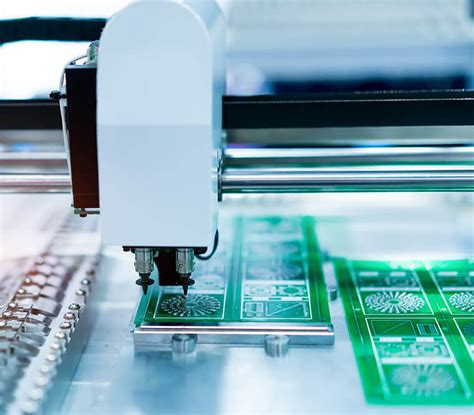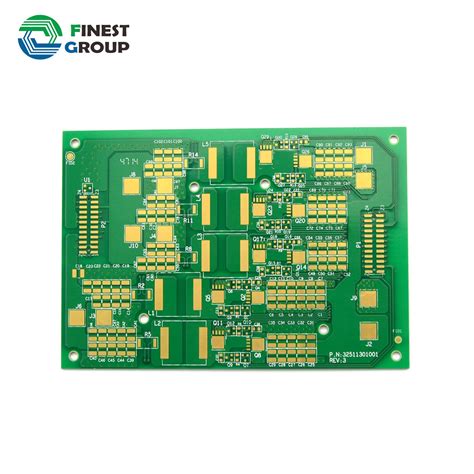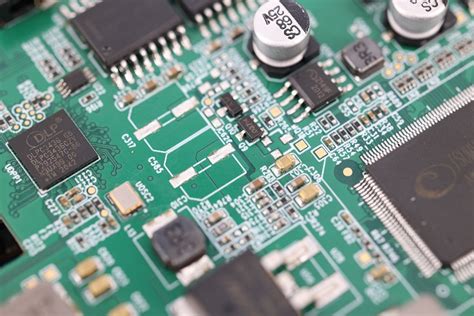Mentor explains 3D PCB system design technology for PCB design challenge
At the Mentor 2013 China PCB Technology Forum, Mentor explained three-dimensional (3D) PCB system design technology, multi-board system design, advanced packaging and appearance collaborative design methods, the concept of improving design efficiency through reuse, and power integrity and other design methods for the challenges faced by complex PCB design.

Challenges of PCB design
In the fields of automotive electronics, computers, consumer electronics, industry, military/aerospace and communications, the complexity of PCB design has been increasing, and factors such as signal integrity, power integrity, manufacturability, cost and reliability have shown great differences in different application fields.
Jamie Metcalfe, market development manager at Mentor, pointed out that the increase in design complexity is also reflected in the fact that the number of metal layers of PCB boards has decreased from 16 in 2007 to 14 in 2012, a decrease of 12%; the area has decreased from 90 square inches to 58 square inches, a decrease of 35%; the number of leads per unit area has increased from 212 to 244, an increase of 15%.
The increase in design complexity has also led to major changes in the labor structure, including the positions and number of engineers. The design team used to have only design, layout and wiring engineers and project managers, but now it has added engineers such as FPGA, mechanical, system architecture, SERDES, power integrity, thermal management, and signal integrity, and they need to work together.
In addition, the original PCB-centric design structure has also shifted to a system engineering design method based on IC/FPGA, PCB, and system modules.

Three-dimensional PCB system design technology
Factors such as smaller electronic products, more functions, stricter design constraints, higher wiring density and reliability have increased the complexity of PCB design.
David Wiens, business development manager at Mentor, said: “When faced with thicker PCB boards, higher costs and more time for multiple prototypes, and lower manufacturing yields, designers should consider using 3D PCB system design technology, which will also be the next major trend in PCB system design.”
Wiens focused on the process of 3D PCB system design.
First, a unified 3D device library that supports various applications should be created. This library should be able to support simplification and mesh settings. Currently, Mentor’s 3D device library contains more than 4 million device models.
Of course, users can also create new devices
In this way, 3D models can be established for electronic components, the company’s device models can be added, and they can be mapped to the manufacturer’s device models. Users only need to simply enter the parameters in the component data sheet.
The second step is 3D design and DRC (design rule check).
With the Expedition 3D solution, 3D and 2D images can be displayed in the same window, and one-to-one correspondence between components can be achieved. 3D compilation and analysis include 3D compilation of wiring, 3D constraint analysis of dynamic and static detection, and detailed or simplified 3D modeling can be selected. This technology can detect a variety of possible problems early, such as whether there is interference between components, components and housings and heat sinks in three-dimensional space.
Then there is three-dimensional vibration testing.
Among the reliability problems caused by design sketches, vibration is the second failure factor after temperature. According to a report on the failure of defense electronic systems due to environmental problems published by the US Air Force, temperature problems cause up to 50% of failures, and vibration factors account for 20%.
Wiens cited the survey data of Dr. Edmond L. Kyser of Qualmark Company in the United States, pointing out that in the first year after delivery, the total direct cost of field returns due to design defects is up to $440,000 per new design.

Next is higher accelerated life cycle testing (HALT);
three-dimensional modeling and solving; powerful pre- and post-processors can create a virtual prototype.
When talking about the simulation analysis of multi-GHz interconnects in three-dimensional design, Wiens said that three-dimensional structures will have a great impact on signal integrity, and the existing three-dimensional simulators require a high level of professionalism from engineers, but Mentor’s solution is not the case. Specifically, analyze the 3D structure and build an S-parameter model; add it to the complete interconnect description; analyze the interconnect; use the HyperLynx tool to perform signal integrity simulation and analysis before and after layout. For multi-GHz complete SERDES channel design, 2D and 3D hybrid simulation and modeling can provide accurate acceleration.
Then comes the upgraded electronic and mechanical design (ECAD/MCAD). After communication between the design and manufacturing departments, the database can be automatically upgraded according to changes in the situation.
Finally, there is 3D thermal analysis (FloTHERMXT). Focus on all stages of PCB design from concept to verification/prototype.

Design reuse can improve efficiency
In the electronic design industry, many engineers or designers often lack motivation for design reuse. They don’t want to complete the design by modifying other people’s results because they think that reusing other people’s designs cannot show their own capabilities and value, and managing reused modules may be troublesome, such as storing and finding reusable data. Therefore, designers always want to “originally” create design results according to their own ideas.
However, design supervisors are considering how to shorten the design cycle, reduce costs, improve yield and product quality, reduce component differences, enhance procurement advantages, and meet customer needs with lower design risks.
…







